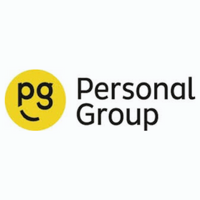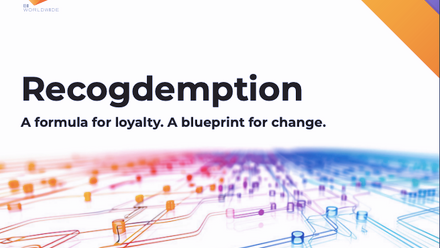Why challenges around pay are putting a greater emphasis on benefits
Our own research at Innecto found that only 23% of companies are planning for pay budgets of 5% or more in 2025, compared with 54% in 2024. The most common anticipated 2025 pay award is between 3%- 4%.
The government’s announcement of a national insurance (NI) rise to 15% from 13.8% this year is increasing the cost pressure for businesses.
The widespread expectation is that these increases will start to impact pay conversations: one-third of the companies we surveyed have already made adjustments to the 2025 pay budget due to the NI increases, with another third still undecided.
The most common remedy is a pay pot reduction, with almost half (45%) considering that course of action.
Pay pots under pressure as a storm is brewing
Smaller pay pots create tougher circumstances for HR & reward professionals because they naturally restrict our ability to make an impact through pay.
In particular, they hamper our ability to reward skilled workers and flight risks, hoisting red flags in both retention and recruitment.
With the national minimum wage (NMW )increase likely to cause pay compression for many, the big challenge in 2025 will be to incorporate increases without busting the budget, while preserving pay differentials at a ‘reasonable’ level.
All the while, a perfect storm is brewing where - according to a study by LinkedIn and Microsoft in May 2024- more people want to quit their jobs now than during the Great Resignation.
Their survey of 31,000 workers across 31 countries found that 46% of employees want to leave their jobs, which is higher than the 40% recorded in 2021.
So, most businesses are facing an increasing risk of staff leaving, while pay pots are also being reduced, restricting the ability to recognise key talent.
Turning the focus back on benefits
HR and reward professionals have spent the previous few years trying to ensure pay keeps pace with rising employee cost of living pressures from inflation and interest rates.
This has naturally meant that in many cases reviewing or extending the benefits package has taken a backseat.
Many companies are now opting to revisit the relevance and vitality of their benefits packages.
This is particularly relevant as benefit packages designed pre-pandemic can now look outdated and unattractive for a more dispersed and hybrid workforce.
Those who have been successful have been able to clearly communicate the total value of the package offered, and even enhance their benefits offering - a great way to mitigate the challenge of smaller pay pots, reward high performers and maintain equity.
We are advising our clients to look at three key areas when it comes to benefits:
- Communication – for many companies, simple effective communication about existing benefits can make a massive difference to staff understanding and therefore accessing and valuing what is on offer. REBA’s Benefits Design research 2024 found that over half of respondents (56%) planned a large-scale project on benefits communication in 2024-25.
- Supplier review – the research also found that 49% of companies were planning to review their current suppliers to streamline spend. In the same way that we double-check the fairness of a car insurance renewal, keeping up a healthy dialogue with suppliers can help us receive good value while also ensuring we don’t miss out on any enhanced benefits or additional perks.Only by doing this can we know for sure that we are maximising the value and return on investment of our spend.
- Embrace technology – with a more dispersed workforce, sticking posters up around the office and sending the occasional email no longer constitutes ‘engagement’ when it comes to benefits. Strong HR tech can now provide a secure and simple way for companies to house their benefits for all their workers, personalise the offering, communicate seamlessly and measure engagement.
Benefits should no longer be seen as a list of standalone, unconnected items.
They can now be created and curated to provide maximum value to workers while also underpinning an organisation’s values and purpose.
Spelling all of that out as part of an effective employee value proposition can position you as an employer of choice for both existing and prospective staff.
Supplied by REBA Associate Member, Personal Group
Personal Group provides the latest employee benefits and wellbeing products.








